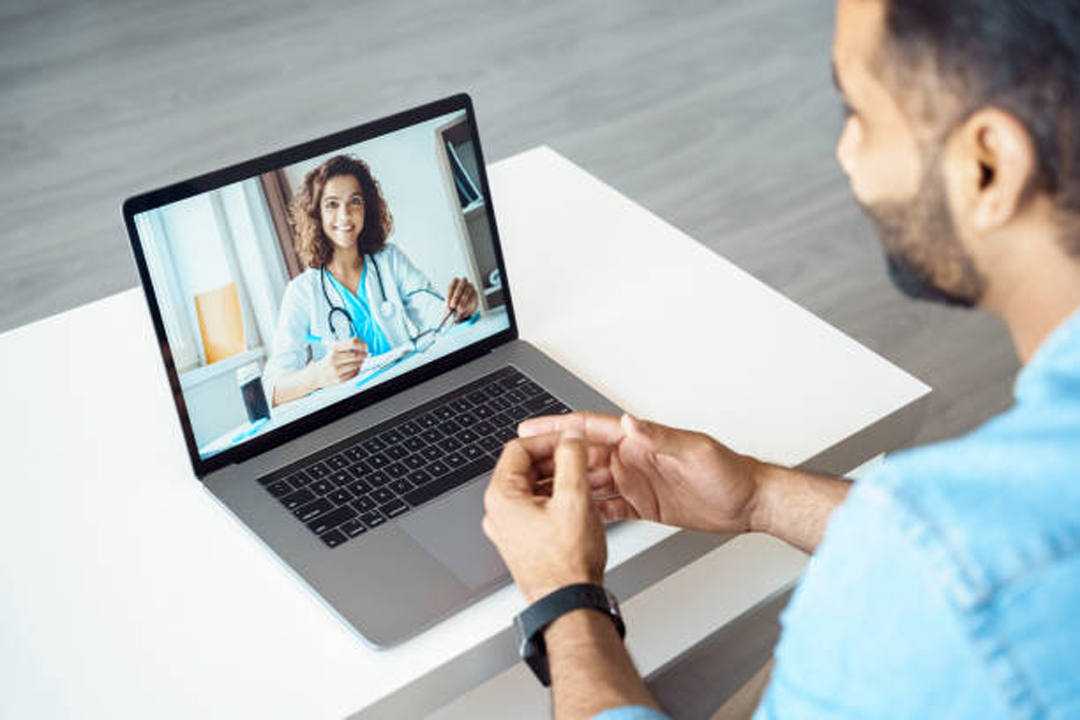
Currently, RPM – Remote Patient Monitoring – devices have become a trend that is revolutionizing the healthcare industry. They are a vital and increasingly important branch of tech that is making health care not only more viable but more cost-effective — to the point that its many benefits and cost-saving initiatives can be leveraged for upsetting the price of insurance premiums. In this article, we’re going to discuss one of the many branches of this tech wonder, remote patient monitoring for cardiac patients. What it is, what benefits it brings, etc.
What is remote cardiac monitoring?
Remote cardiac monitoring is a process of remotely and continuously supervising the heart’s natural rhythm. This is done by using a small device that transmits data to a central station. The device usually sits on the chest and transmits electrocardiogram – ECG – signals to an information hub/station. The central station may be a physician’s office, nursing home, hospital, or other location.
This data can be monitored by clinicians and patients at any time of the day or night. It can also be funneled/filtered through different software, with AI ability, that automates certain features or links up with other RPM devices.
Remote cardiac monitoring is primarily used for patients who have an increased risk of sudden death, such as those with congestive heart failure, atrial fibrillation, and chronic obstructive pulmonary disease.
Remote patient monitoring in cardiology — FAQ
Let’s dig into some of the most searched and frequently asked questions when it comes to the topic of remote patient monitoring in cardiology.
How does remote patient monitoring improve cardiovascular health?
Remote patient monitoring is an innovative way for doctors to keep track of their patient’s health even when they are not in their clinic. It can be used to monitor the health of people with chronic diseases such as diabetes, hypertension, and congestive heart failure.
A study by the Center for Disease Control shows that remote patient monitoring improves cardiovascular health by reducing hospitalization rates, lowering blood pressure levels, and aiding in weight loss.
What vital signs can remote patient monitoring provide?
Remote patient monitoring can provide a wealth of information about the patient’s vital signs, including heart rate, blood pressure, oxygen levels, and more.
It is an effective way to monitor patients who are at risk of developing complications or are unable to get themselves to a hospital in time. It is also an effective way for people with chronic conditions to monitor their health at home without the need for frequent visits to the hospital.
What are the benefits of using remote patient monitoring in cardiology?
There are dozens of benefits and advantages linked to RPM devices. Remote patient monitoring in cardiology at its core is a great way of providing care to patients who are not able to come into the hospital — giving them continuous, around-the-clock attention.
Remote monitoring also provides an opportunity for physicians to spend more time with their patients and provide them with personalized care. These types of devices, with the aid of physicians and algorithms, can create bio-profiles that are unique to each patient. Something that up until this point was too complex to do manually. It can create baselines around a patient’s actual habits and not those of a focus group — this is critical because it allows physicians to formulate a healthcare strategy based on concrete data, actual patient habits, and real-time information, not just speculations and other patient templates.
Other benefits include:
- It saves time.
- Increased efficiency.
- Reduces hospitalization.
- Boosts the probability of survival.
- It is non-invasive.
- Improves the quality of care.
Factors to consider when choosing a cardiac RPM device
When choosing a cardiac RPM device, there are many items and factors that need to be addressed and taken into consideration. The most important factor is the type of the device. There are different types of cardiac RPM devices, and each one has its own advantages and disadvantages. For example, some devices can only be used in a hospital setting while others can be used in an outpatient program or at home.
The next factor to consider is the size of the device. Some devices are small and portable so they can be easily carried around for use outside of a hospital or clinic setting while others are much larger and heavier so they cannot be moved as easily.
Another important factor to consider when choosing a cardiac RPM device is how much it costs. Some devices cost more than others depending on their quality, functionality, size, etc.
And finally, you have to calculate into the whole equation the patient’s mindset — how open or reluctant they are when it comes to the tech.

